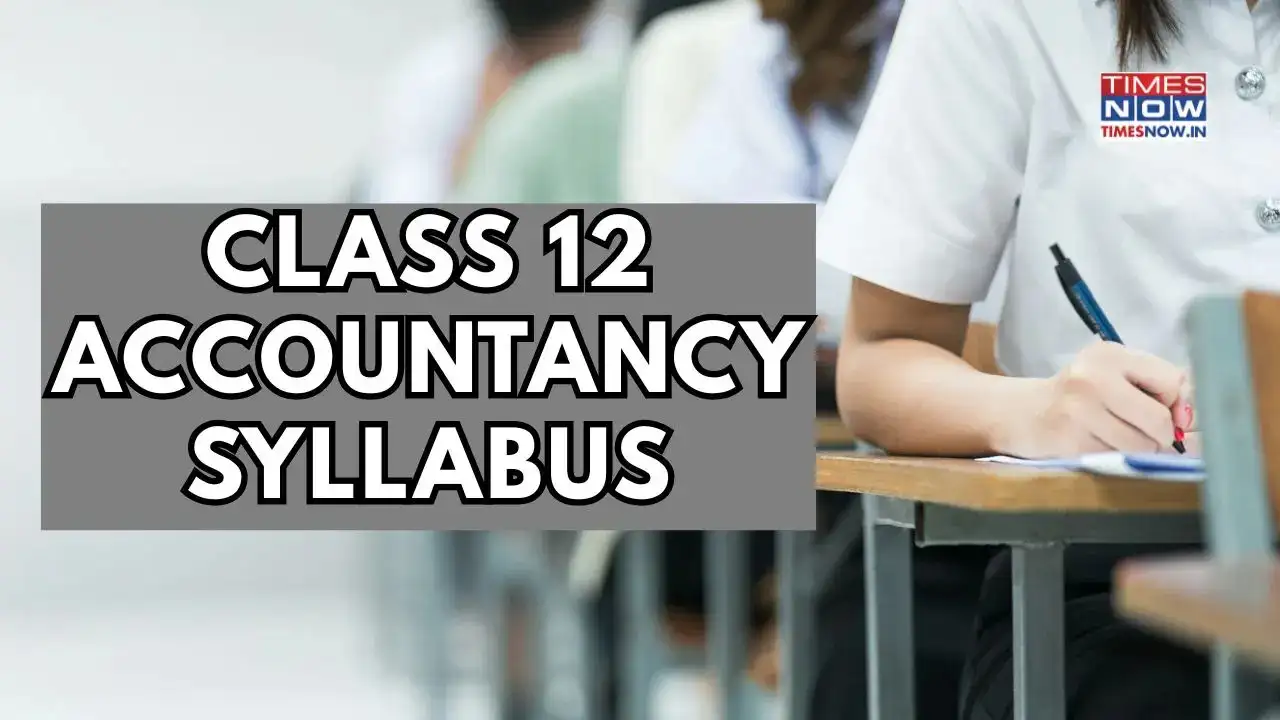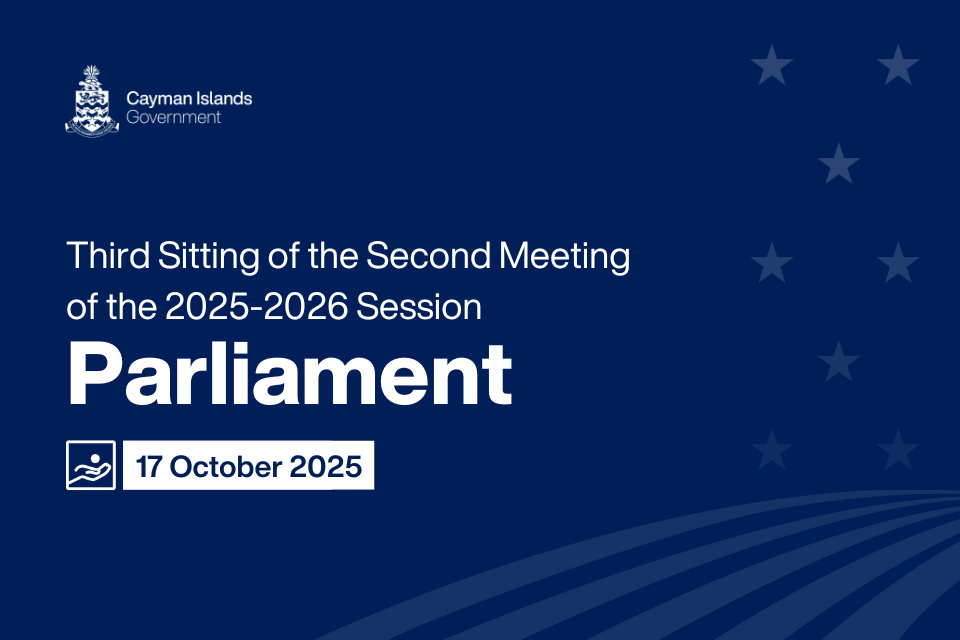Copyright timesnownews

Accountancy (also commonly known as 'Accounts' among students) is a very important and popular subject in the Commerce stream. It is introduced in Class 11, and the complete course of Accountancy at the senior secondary stage introduces the learners to the world of business and emphasise on strengthening the fundamentals of the subject. The CBSE Class 12 Accountancy exam is scheduled for Saturday, March 28, 2026, from 10:30 am to 1:30 pm. This is part of the tentative date sheet for the 2026 board exams, which was released in September 2025. The syllabus for Accountancy exam is as follows: Part / UnitUnit / TopicTopics / SubtopicsLearning OutcomesMarksPart A: Accounting for Partnership Firms and CompaniesUnit 1: Accounting for Partnership Firms• Partnership: features, Partnership Deed.• Indian Partnership Act, 1932 provisions.• Fixed vs Fluctuating Capital Accounts.• Profit & Loss Appropriation Account: Division of profit, guarantee of profits.• Past adjustments: Interest on capital/drawings, salary, profit sharing.• Goodwill: Meaning, nature, factors, methods (average profit, super profit, capitalization).• Reconstitution & Dissolution: Change in profit sharing ratio, admission, retirement, death, dissolution, realization account, capital/current account, balance sheet.• Understand partnership features, deed contents, and legal provisions.• Differentiate fixed vs fluctuating capital.• Prepare P&L Appropriation Account including guarantee of profits.• Perform past adjustments.• Calculate goodwill using different methods.• Apply accounting treatments for reconstitution, admission, retirement, death, and dissolution.• Prepare related capital, current accounts, and balance sheet.36Unit 2: Accounting for CompaniesAccounting for Share Capital:• Features and types of companies.• Equity and preference shares, issue & allotment, public subscription, private placement, ESOP, sweat equity.• Forfeiture and reissue of shares.• Disclosure in balance sheet.Accounting for Debentures:• Meaning, types, issue at par/premium/discount, redemption, interest, collateral security, writing off discount/loss.• Understand types of shares and share capital.• Perform accounting for share transactions.• Understand ESOP, private placement, forfeiture, and reissue.• Present share capital in balance sheet.• Understand and record debenture transactions.• Compute interest on debentures and account for redemption and collateral security.24Part B: Financial Statement AnalysisUnit 3: Analysis of Financial Statements• Financial Statements: Meaning, nature, uses, importance.• Statement of P&L and Balance Sheet (as per Companies Act, 2013, Schedule III).• Financial Statement Analysis: Meaning, significance, objectives, limitations.• Tools: Comparative statements, common size statements, ratio analysis, cash flow analysis.• Ratios: Liquidity (Current, Quick), Solvency (Debt to Equity, Total Asset to Debt, Proprietary, Interest Coverage, Debt to Capital Employed), Activity (Inventory Turnover, Trade Receivables/Payables, Fixed Asset Turnover, Net Asset Turnover, Working Capital Turnover), Profitability (Gross Profit, Operating, Net Profit, ROI).• Understand structure and headings of financial statements.• Explain objectives and limitations of financial statement analysis.• Prepare comparative and common size statements.• Compute and interpret liquidity, solvency, activity, and profitability ratios.• Analyze financial performance using ratio analysis.12Unit 4: Cash Flow Statement• Meaning, objectives, benefits, cash & cash equivalents.• Classification of activities.• Preparation as per AS 3 (Revised), Indirect Method.• Adjustments: Depreciation/amortization, P/L on asset sale, dividends, tax, bank overdraft, cash credit, current investments.• Understand meaning and objectives of cash flow statement.• Prepare cash flow statement using indirect method with given adjustments.8Part C: Project / Practical WorkProject Work / Practical Work• Project File / Practical File.• Viva Voce.• Tasks include recording transactions, preparation of financial statements, cash flow statement, and analysis using tools/ratios.• Develop practical skills in accounting, financial analysis, and reporting.• Apply theoretical knowledge in project/practical scenarios.20 The objective of this syllabus is to familiarise students with new and emerging areas in the preparation and presentation of financial statements, to acquaint students with basic accounting concepts and accounting standards, to develop the skills of designing need based accounting database, to appreciate the role of ICT in business operations, to develop an understanding about recording of business transactions and preparation of financial statements, and to enable students with accounting for Not-for-Profit organizations, accounting for Partnership Firms and company accounts. Suggested Question Paper Design The following is the suggested question paper design by the Central Board of Secondary Education (CBSE) for Class 12 board exams 2026: S. No.Typology of QuestionsMarksPercentage1Remembering and Understanding: Exhibit memory of previously learned material by recalling facts, terms, basic concepts, and answers. Demonstrate understanding of facts and ideas by organizing, comparing, translating, interpreting, giving descriptions, and stating main ideas.3240%2Applying: Solve problems in new situations by applying acquired knowledge, facts, techniques, and rules in a different way.2430%3Analysing, Evaluating and Creating: Examine and break information into parts by identifying motives or causes. Make inferences and find evidence to support generalizations. Present and defend opinions by making judgments about information, validity of ideas, or quality of work based on a set of criteria. Compile information together in a different way by combining elements in a new pattern or proposing alternative solutions.2430%TOTAL—80100% The Accountancy theory exam will be conducted for 80 marks , and the practical exam will be held for 20 marks. Students will be given a duration of three hours to complete the exam.



